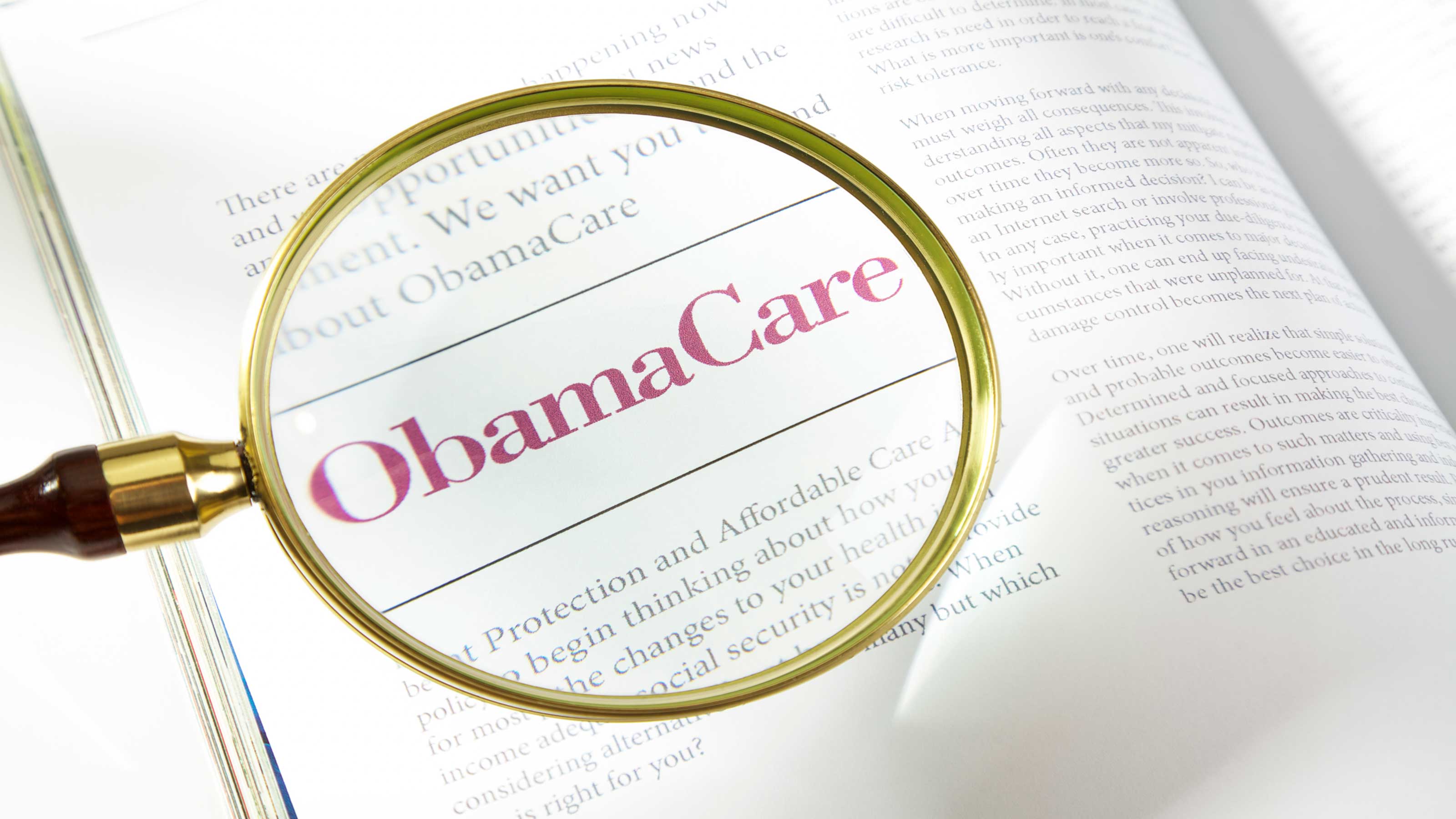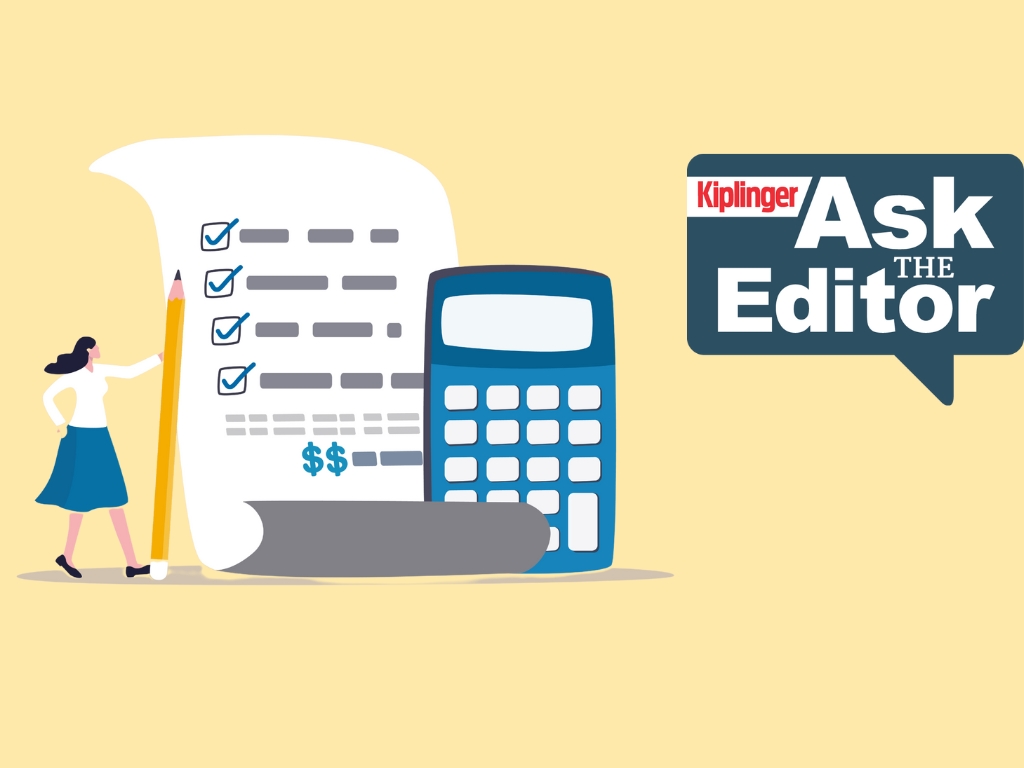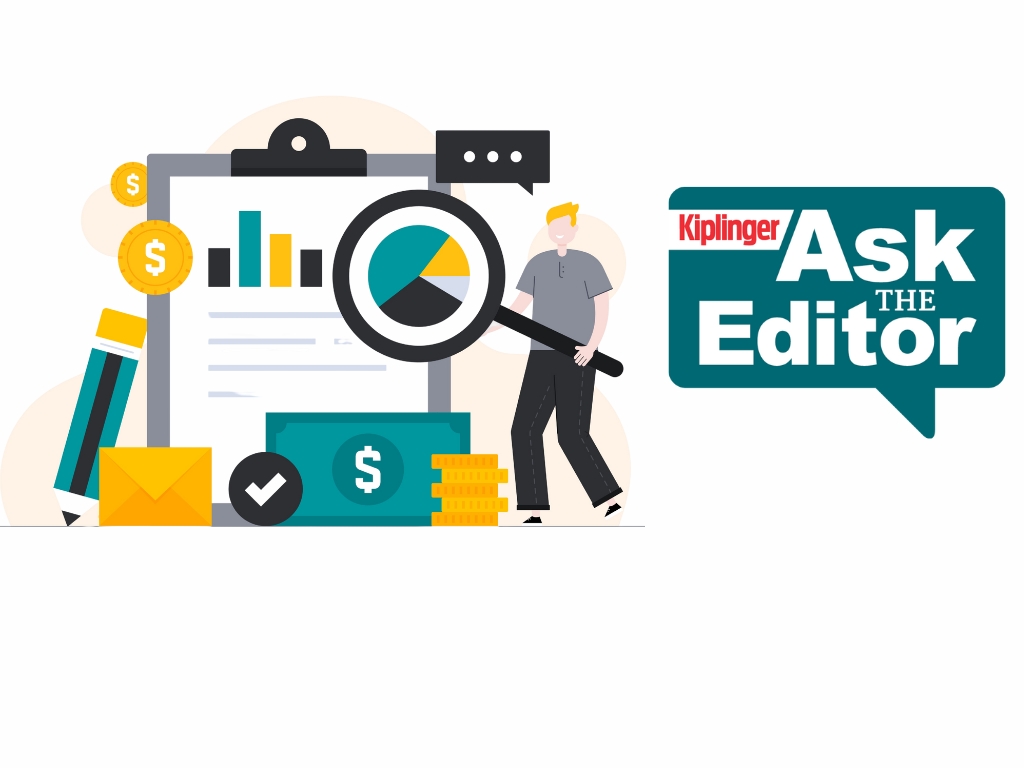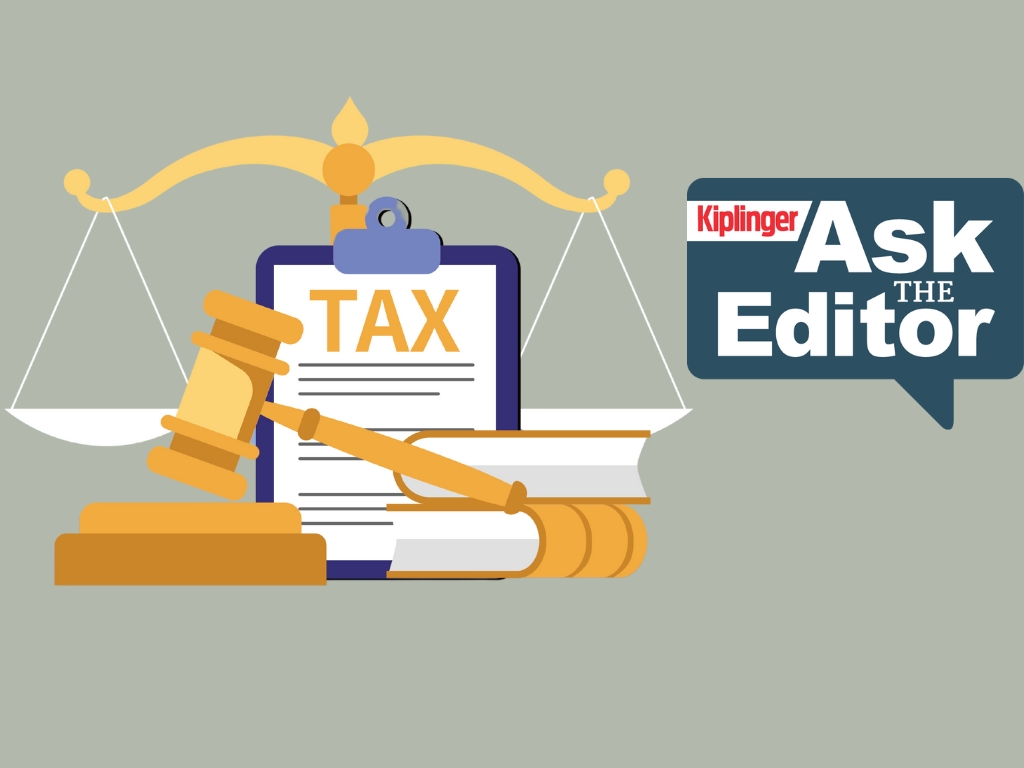Tax Rule Change Could See Millions Lose Health Insurance
Unless Congress extends easings to the health premium tax credit, a popular Obamacare subsidy, millions of people could lose their health insurance.


The health premium tax credit (PTC) is almost 13 years old. Thanks to Obamacare, eligible individuals who otherwise can’t get affordable coverage through their employers can purchase coverage from the marketplace and qualify for the PTC to reduce their monthly premiums. People who can get affordable health coverage through their employers don't qualify for the PTC, nor do individuals who are eligible for Medicare, Tricare, Medicaid or other federal health insurance programs.
Temporary PTC easings are ending
Prior to 2021, the PTC was available only to people with modified adjusted gross incomes (AGI) ranging from 100% to 400% of the federal poverty guidelines, who bought insurance through the marketplace, such as on healthcare.gov, and who met certain other rules. Modified AGI for this purpose is your AGI plus tax-free interest, nontaxable Social Security benefits and tax-exempt foreign earned income.
During the height of the COVID-19 pandemic, federal lawmakers enhanced the PTC for 2021 and 2022, letting more people qualify for the subsidy. Congress also increased the credit amount for many qualifying individuals. Lawmakers later renewed these enhancements, but made them temporary through 2025.

Sign up for Kiplinger’s Free E-Newsletters
Profit and prosper with the best of expert advice on investing, taxes, retirement, personal finance and more - straight to your e-mail.
Profit and prosper with the best of expert advice - straight to your e-mail.
For 2025, individuals with modified AGI over 400% of the federal federal poverty level will qualify for the PTC to the extent that the cost of the benchmark silver plan on the marketplace exceeds 8.5% of their income.
However, beginning in 2026, the rules revert to those that were in place for pre-2021 years, so that only individuals with modified AGI between 100% and 400% of the poverty level will get PTCs. That means that fewer people will qualify for the PTC. Also, the credit amounts for most everyone else who would still qualify for PTCs will be much lower than before, meaning individuals would be paying higher premiums for health insurance.
This will begin to impact people seeking marketplace coverage for 2026 on healthcare.gov later this fall, unless Congress acts to extend the PTC easings. And the impact will continue to be felt for each year thereafter. Letting the PTC enhancements lapse could eventually lead to 3.7 million people losing heath insurance each years because they can't afford the monthly premiums. And this is a conservative figure.
Extending the PTC easings isn't a goal of President Trump or of most congressional Republicans. Even while GOP lawmakers in Washington, D.C., are hard at work on a tax deal to extend expiring provisions in the 2017 Tax Cuts and Jobs Act and to provide additional tax relief, there is silence on the PTC. The House-passed "One Big Beautiful" bill doesn't extend the easings. And though we expect that Senate Republicans will make some changes to the House package, adding PTC relief isn't in the forecast. It's possible that Congress could address PTC relief later on this year in a different tax bill, but that appears to be a longshot.
How does the premium tax credit work?
The PTC is estimated when you go on the marketplace to buy health insurance. The estimated credit for 2026 will be based on your expected 2026 income. To figure this out, you would begin with your 2024 modified AGI and add or substract any expected income changes that you anticipate having for 2026. The lower your modified AGI, the bigger the credit.
Most people who qualify for the PTC will generally elect to have it paid in advance directly to the health insurance company to lower their monthly health insurance premiums. If you opt for this, you must file a federal tax return, even though your income may be below the filing threshold or you expect a refund. You would use IRS Form 8962 to compute the PTC amount, list any advance payments made to the insurer (which you would find on the Form 1095-A that you receive from the health insurance marketplace), and reconcile the two figures. If your PTC exceeds the advance payments, then you can claim the excess PTC on your Form 1040. If the PTC is less than the advances, most people would need to repay part or all of the excess.
Beware of an IRS audit red flag
Erroneous reporting of the PTC on your Form 1040 is an easy red flag for the IRS. Its computers flag filed tax returns showing modified AGIs that exceed the limit to take the PTC. Also, the IRS receives Form 1095-A from the health insurance marketplace that shows which taxpayers have selected to have their PTC paid in advance to reduce monthly premiums, and the amounts of those advance payments. So before you file your Form 1040, double-check that you qualify for the PTC and that you accurately report it.
Also, if you are currently enrolled in marketplace coverage, let the marketplace know of any changes that could affect your 2025 PTC amount. For example, if your lost your job and report lower income, the marketplace will increase the subsidy amount for future months, thus putting more money into your pocket. The exchange will also decrease the subsidy if you report higher income, for example, maybe you sold investment property or you found a new job. Notifying the marketplace now can mitigate surprises when you file your Form 1040 next year.
Related Content
Profit and prosper with the best of Kiplinger's advice on investing, taxes, retirement, personal finance and much more. Delivered daily. Enter your email in the box and click Sign Me Up.

Joy is an experienced CPA and tax attorney with an L.L.M. in Taxation from New York University School of Law. After many years working for big law and accounting firms, Joy saw the light and now puts her education, legal experience and in-depth knowledge of federal tax law to use writing for Kiplinger. She writes and edits The Kiplinger Tax Letter and contributes federal tax and retirement stories to kiplinger.com and Kiplinger’s Retirement Report. Her articles have been picked up by the Washington Post and other media outlets. Joy has also appeared as a tax expert in newspapers, on television and on radio discussing federal tax developments.
-
 Investing Abroad Could Pay Off — Here's How
Investing Abroad Could Pay Off — Here's HowCountries overseas are stimulating their economies, and their stocks are compelling bargains.
-
 Retire in Belize for Stunning Natural Beauty and Culture
Retire in Belize for Stunning Natural Beauty and CultureBelize offers miles of protected land and ocean, a rich mix of cultures and a chill lifestyle. Best yet — the income requirement is just $2K per month.
-
 Ask the Editor, June 27: Tax Questions on Disaster Losses, IRAs
Ask the Editor, June 27: Tax Questions on Disaster Losses, IRAsAsk the Editor In this week's Ask the Editor Q&A, we answer tax questions from readers on paper checks, hurricane losses, IRAs and timeshares.
-
 Blue Collar Workers Add AI to Their Toolboxes
Blue Collar Workers Add AI to Their ToolboxesThe Kiplinger Letter AI can’t fix a leak or install lighting, but more and more tradespeople are adopting artificial intelligence for back-office work and other tasks.
-
 Ask the Editor, June 20: Questions on Tax Deductions and IRAs
Ask the Editor, June 20: Questions on Tax Deductions and IRAsAsk the Editor In our latest Ask the Editor round-up, Joy Taylor, The Kiplinger Tax Letter Editor, answers four questions on deductions, tax proposals and IRAs.
-
 Ask the Editor, June 13: Questions on Home Sales and Taxes
Ask the Editor, June 13: Questions on Home Sales and TaxesIn our latest Ask the Editor round-up, Joy Taylor, The Kiplinger Tax Letter Editor, answers questions on home sales and calculating tax basis in a home.
-
 Ask the Editor, June 6: Questions on Hobby Losses, Medicare
Ask the Editor, June 6: Questions on Hobby Losses, MedicareIn our latest Ask the Editor round-up, Joy Taylor, The Kiplinger Tax Letter Editor, answers questions on hobby losses, I bonds and Medicare premiums.
-
 Energy-Efficiency Credits — Get’ Em While You Can
Energy-Efficiency Credits — Get’ Em While You CanGreen energy-efficiency credits are on the chopping block. These tax credits can be valuable, but you should upgrade your home sooner rather than later.
-
 Ask the Editor, May 30: Questions on the One Big Beautiful Bill
Ask the Editor, May 30: Questions on the One Big Beautiful BillAsk the Editor In this week's Ask the Editor Q&A, we answer tax questions from readers on the House-passed “One Big Beautiful Bill.”
-
 How to Appeal a Health Insurance Denial
How to Appeal a Health Insurance DenialIf your insurer refuses to pay for a treatment or procedure that you believe should be covered, use our guide to appeal.